Tags: NASA
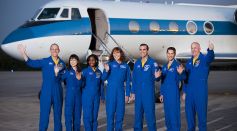
Uniphi Launches "The Virtual Astronaut" for Charity
Catherine Koerner to Become Next NASA Orion Program Manager

NASA Sentinel 6 Michael Freilich to Launch in November
Rocket Lab Receives a Five-Year Launch Operator License from FAA

NASA's SLS Rocket Exceeds Cost Estimates, Notifies Congress
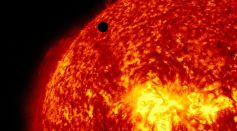
SwRI Awarded the NASA Contract to Develop a High-Latitude Mission That Will Image The Sun's Poles

NASA Is Looking for Flight Directors To Lead Its Future Spaceflight Missions
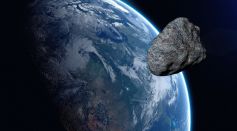
Asteroid Bigger Than Great Pyramid of Giza May Pass Earth Next Week

Concept Submarine May Explore Titan's Seas by the 2030s
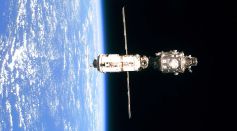
The 9th ISS R&D Conference Is Opening This Week, but This Year's Setup Is Different
James Webb Space Telescope Just Completed Its Initial Pre-Flight Testing
Jeanette Epps Set to Be the First Black Woman to Join ISS Crew
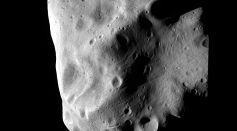
An Asteroid Is Moving Towards Earth on Election Day Eve

California Wildfires Visible From Space, Astronaut Sends "Thoughts and Prayers"
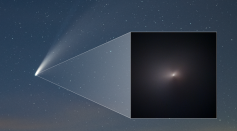
Hubble Space Telescope Captures Comet NEOWISE at its Brightest
WATCH: NASA’s Guide to Near-Light-Speed Interstellar Travel
Equinox: The Light and Darkness Phenomenon That Happens Twice a Year

Citizen Scientists Help Discover 95 New Brown Dwarfs
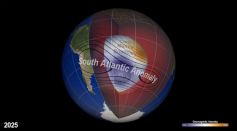
There's a Dent in Earth's Magnetic Field, What Could This Mean for Satellites?
NASA's THEMIS Mission Provides First Strong Evidence Explaining Mysteries of Auroras
Most Popular

Solar Flare Explosions: Understanding a Potential Sun Eruption, CMEs, and Space Weather Chaos

Solar Flare vs CME Explained: Key Differences in Solar Events and Sun Explosions

Osteoporosis Symptoms & Brittle Bones Warning: Why Women Over 40 Face Rapid Bone Density Loss

Top 9 Natural Events and Atmospheric Phenomena That Are So Rare You May Never Witness Them




